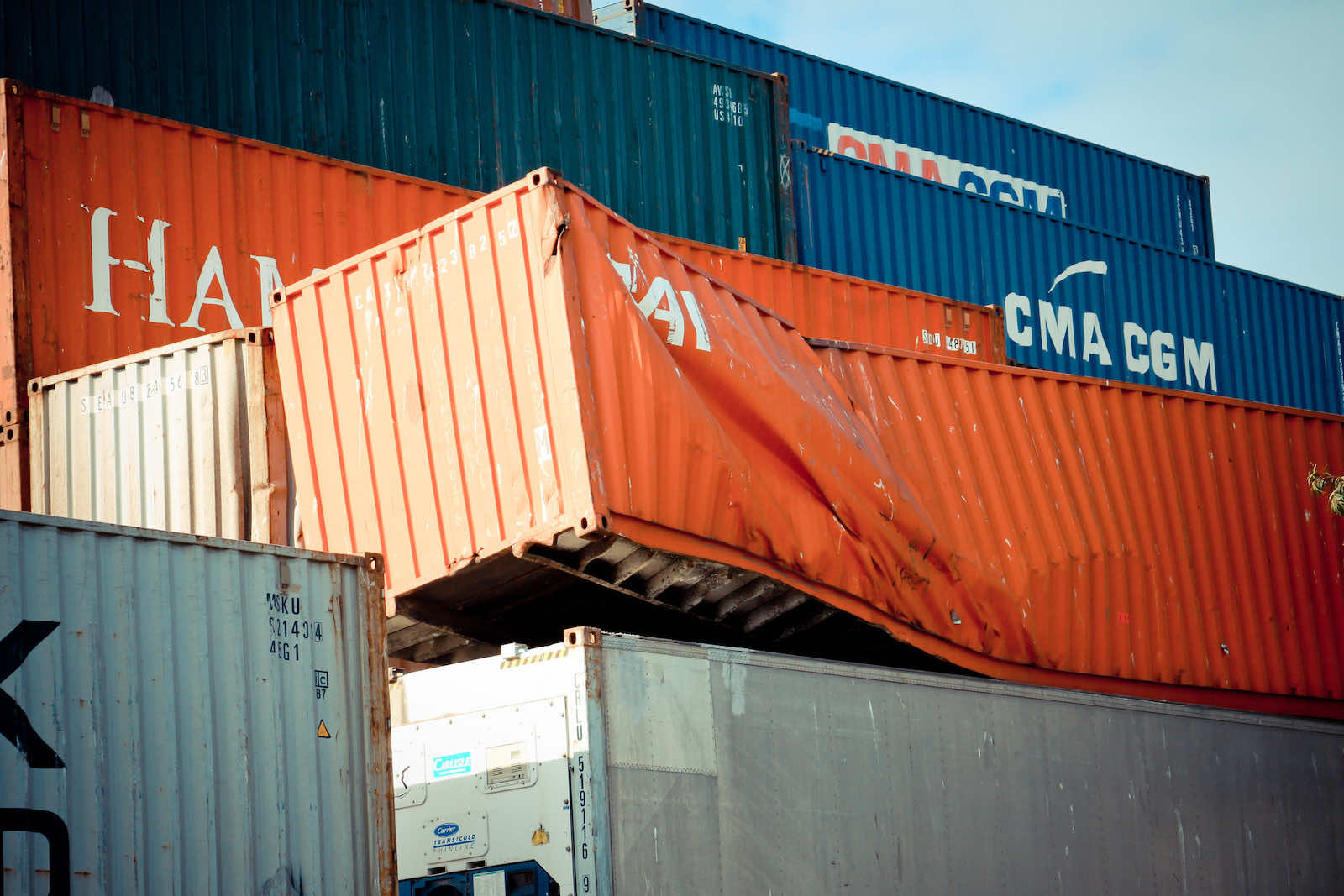australia stern statement during a review of China’s trade policy by the World Trade Organization last month, pointed out that Beijing’s trade-disruptive measures may target Australia, but present a serious problem for all. The implications, the statement said, “go beyond their impact on Australian exporters… and undermine… the multilateral trading system on which all WTO members rely.”
Australia is receiving particular attention as more than a dozen agricultural and mineral products have lost access to the Chinese market in the past 18 months.
Yet counterintuitively, Australia’s global trade surplus continues to reach record levels. Iron ore exports to China, not subject to sanctions, are part of history. But growing evidence suggests that many of the industries hardest hit by the disruption are adapting and successfully mitigating their losses.
Australian Treasurer Josh Frydenberg recently marveled at the “remarkable resilience†of the country’s exporters and the economy as a whole in the face of a massive campaign of economic coercion by China.
A resilient economy is an economy capable of withstanding external shocks and, if necessary, of adapting to new realities. In an era of increasing geo-economic competition, politically motivated business disruptions present ongoing risks that must be managed.
The treasurer said Australia “is at the forefront” of this competition and called for a “China plus” strategy that would involve diversifying markets and “not being too dependent on one country.” Japan’s corporate sector explored a similar strategy of diversifying foreign investment following bilateral tensions with China in 2005 and 2012 that caused widespread economic disruption.
In principle, a “plus†strategy represents prudent insurance for exporters. However, buying insurance costs money. China was an attractive export destination due to the size of its market and its complementarity with the Australian economy. When (or if) the coercive campaign ends, companies may find maintaining a diversified strategy unattractive if China again becomes the most profitable option.
Government policy can overcome these incentives, for example through grants or mandates. This will, however, be costly for the taxpayer and / or lead to distortions, and is not realistic on a large scale given the size and economic makeup of Australia.
What else could lead to resilience? In a new working paper, we explore how and why sanctioned Australian exporters were able to effectively adapt to the “demand shock†resulting from the loss of the Chinese market.
We find that exporters have pursued one (or more) of the three strategies – reallocation, diversion and transformation. Reallocation is simply to redirect trade to other markets, whether foreign or domestic. The deviation is to bypass the sanctions and continue to sell in the Chinese market through intermediaries. Transformation means physically changing production processes to produce and sell other unauthorized products.
Reallocation to other markets has been the most common response and has been relatively transparent for products traded widely with deep global markets. Prominent examples include the increase in copper exports to Europe and Japan, with cotton being redirected to Bangladesh and Vietnam, and coal being moved to India and South Korea. Favorable market conditions – strong demand and tight supply globally – have helped several industries in this process.
The international system that supports global markets – open economies and consistent rules and institutions – is essential to Australia’s success.
China’s sanctions circumvention (deviation) has taken many forms. For the beef, it was a question of redirecting the cattle to the country via Australian slaughterhouses which had not lost their Chinese export licenses. For other products like wine and lobster, this included smuggling – lobster exports to Hong Kong skyrocketed before heading to seafood restaurants on the mainland.
The transformation has also happened in various ways. Some industries may have produced different products, such as barley and forage farms planting wheat or canola. Other industries transformed or repackaged the sanctioned product to fit into a customs category that China still accepted. The logs were ground into wood chips, while the wine was sold in bulk.
These strategies all reflect resilience and were made possible by three main factors. The first is the very existence of deep world markets where commodities are widely traded. As Chinese importers sought alternative supplies, gaps in third markets opened up for Australian producers to fill.
The second was the global competitiveness and agility of Australia’s export industries aided by decades of economic openness. This meant that many exporters were able to locate and turn to new opportunities at an acceptable cost.
The third factor was good fortune. The coercive campaign coincided with a bumper season for Australian farmers, which drastically increased yields. Meanwhile, global supply shortages of various commodities, including copper and coal, have resulted in high prices and strong demand.
The factors that make the Australian economy competitive are in many ways the factors that make it resilient. Exporters can diversify when conditions dictate, provided they are globally competitive and can access well-functioning global markets.
The international system that supports global markets – open economies and consistent rules and institutions – is therefore essential to Australia’s success. Policies that encourage economic closure, or challenge the rules-based system, potentially undermine resilience.
Governments everywhere are faced with the fact that certain types of economic interdependence create national security vulnerabilities. The search for resilience, not only in the face of economic coercion but also in technology and supply chains, generates political pressure on the state to intervene and direct market mechanisms.
The concept of “plus†strategies rightly draws attention to the need for businesses to manage growing geo-economic risks and opens up a debate on how governments can help. Our research suggests that competitive industries that participate in open and widely traded markets, however, are already quite resilient and a source of strength for Australia in the face of adversity.
Main image via Flickr user -JosephB-

